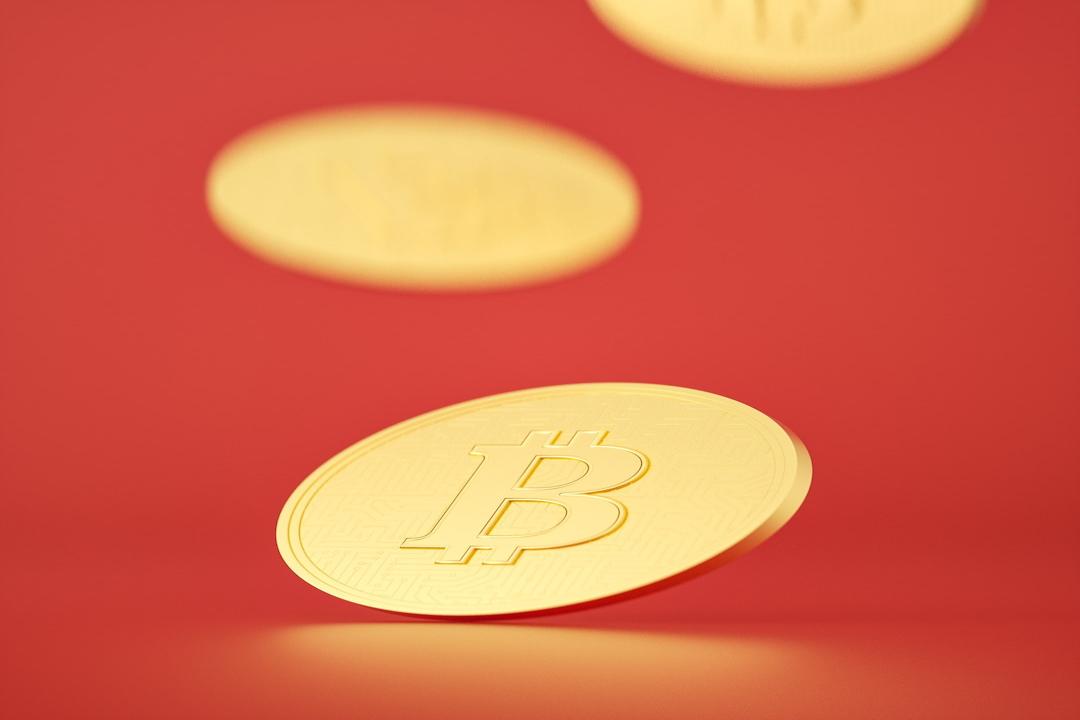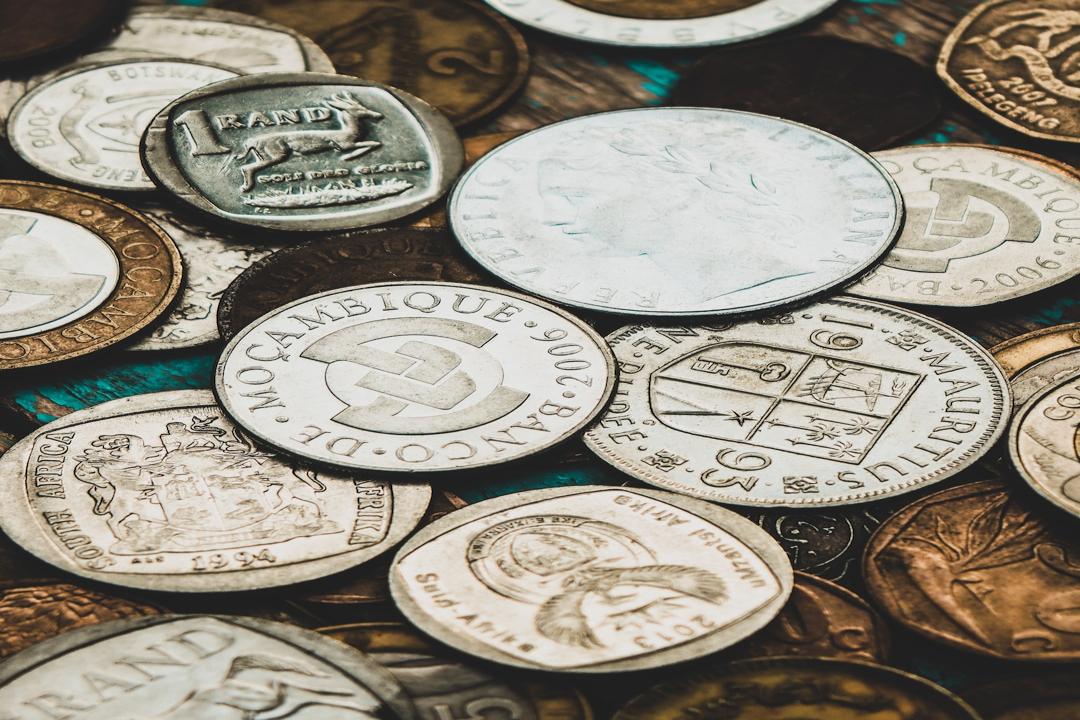Federal Reserve Holds Rates Steady for the Fifth Time, but Unusually Two Officials Vote Against, Calling for Immediate Rate Cuts
This article will explore the political pressures behind this decision, the impact of tariffs, and the uncertainty surrounding future interest rate movements. The article is sourced from Jin Shi Data and organized, translated, and written by BlockBeats.
(Background: Powell refuses to cut rates! However, there are already divisions within the Fed on decisions, Bitcoin rebounds after dropping below 116,000, and Ethereum stands back at 3,800 dollars)
(Context: Fed spokesperson: The Fed is not ready to cut rates, divided into three camps, specific decisions await September data)
Federal Reserve’s Decision
At 02:00 AM Taiwan time on Thursday, the Federal Reserve held rates steady for the fifth time, maintaining the target range for the benchmark interest rate at 4.25%-4.50%, in line with market expectations. This decision by the Fed came amid strong political pressure from the White House on ### Powell to lower rates.
The Fed kept its benchmark policy rate in the range of 4.25% to 4.5%, weighing how importers, retailers, and consumers will share the costs brought about by higher tariffs. The outcome of the fierce debate over who will bear the burden of tariffs may determine the trajectory of inflation and employment later this year, and potentially decide whether and when the central bank will resume rate cuts in the coming months.
The Fed’s policy statement showed almost no changes, indicating its current intention to send no signals regarding an imminent rate cut.
The decision to keep rates unchanged faced rare opposition from two officials, Fed Governor Christopher Waller and Michelle Bowman, who called for an immediate 25 basis point rate cut. This marks the first time since 2020 that more than one Fed official has voted against Powell’s decision during a meeting, and it is the first occurrence since 1993 that two board members held differing opinions.
Governor Waller expressed support for a rate cut two weeks ago, aligning with his potential nomination to succeed Powell in the Fed ### position next spring. Earlier this month, he voiced concerns that maintaining excessively high rates is too burdensome for an economy lacking inflationary pressures—a viewpoint supported by some economists and former Fed officials.
Governor Bowman, previously a staunch representative of hawkish positions, had opposed the initial rate cuts that began last September, making her shift particularly noteworthy.
Tariffs and Inflation
Powell and his colleagues are examining how tariffs are reflected in inflation data, with the market widely concerned that rising commodity prices could cause inflation to exceed the Fed’s 2% target for the fifth consecutive year. Although inflation has significantly receded from its peaks between 2021 and 2023, and a recession predicted by many economists has not materialized, Fed officials remain highly vigilant against premature rate cuts that could reignite price pressures.
Many businesses hoarded inventory before the tariffs took effect and have been hesitant to raise prices due to concerns about losing consumers overwhelmed by inflation. However, some economists warn that as lower-margin businesses deplete their pre-tariff inventories and face higher costs, they may increasingly be inclined to pass these costs onto consumers.
Richard Clarida, who previously served as Powell’s deputy and was appointed by Trump, stated:
“Powell has a lot on his plate right now, but one thing he has indeed said, and his critics have not fully recognized, is that tariffs are already reflected in some price indices. The reason inflationary pressures have not spiraled out of control is that service prices have remained stable.”
Economic Data and Market Reactions
Economic data released earlier on Wednesday sent mixed signals, explaining the Fed’s cautious stance. While GDP growth for the second quarter reached 3.0%, exceeding expectations, indicators of private sector and consumer demand slowed from 1.9% in the previous quarter to 1.2%, far below the 2.9% at the end of last year.
Economists attributed this downturn to slowing labor force growth and the impact of tariffs. Other recent data indicated that consumer spending may have stabilized before the increase in import costs reflected in retail prices.
However, the Trump administration believes that tariffs will make the U.S. more prosperous in the long run by driving high-wage manufacturing jobs.
The Fed finds itself trapped in a “two steps forward, one step back” cycle regarding understanding the Trump administration’s economic policies. The tariff levels set by the recent trade agreements with Japan and the EU are at 15%, lower than Trump’s threatening remarks in April of this year, yet still above market expectations at the beginning of the year. Trump’s unpredictability also leaves open the possibility of future tariff increases, alongside the risk of judicial challenges that could overturn these tariffs.
Fiscal Stimulus and Future Outlook
In fiscal matters, Trump signed a significant tax reduction bill this month. Some Republican lawmakers are discussing consumer rebates, which could provide new stimulus to an economy that the Fed believes is nearing full employment. If the labor market remains stable as a result, Fed officials may regret cutting rates too early.
Currently, investors predict about a two-thirds chance that the Fed will cut rates at the September meeting, contingent on whether the impact of tariffs on inflation remains controlled and whether more signs of weakness appear in the labor market.
In the coming months, divisions within the Fed may focus on the question of whether the speed at which tariffs disrupt the economy will outpace their inflationary effects, and whether acting rashly before clarity emerges could lead to policy misjudgments.
One perspective argues that current interest rates are above the range appropriate for the actual economic conditions, and that insufficient fundamental inflationary pressures could validate criticisms from the White House and others that the Fed is “behind the curve” if job growth stagnates.
However, another camp worries that cutting rates amid heightened summer price pressures due to tariffs, or under the dual impetus of fiscal stimulus and active financial markets, could lead to unexpectedly robust economic performance, making a rate cut potentially premature.
If data shows a clear direction before September, decision-making may be relatively straightforward: if inflation is stubborn and economic growth remains strong, a rate cut can be postponed; if the economy shows clear signs of weakness, there would be grounds for a rate reduction. However, if the current state of ambiguity persists, Powell will have to confront more difficult choices.
Richard Clarida stated:
“If the data continues to evolve at the current pace, it will become very tricky—neither sufficiently clear to warrant a rate cut, nor good enough to declare victory. Therefore, a more likely scenario than some might imagine is that Powell simply holds off, keeping rates unchanged in all six policy meetings remaining during his term.”


